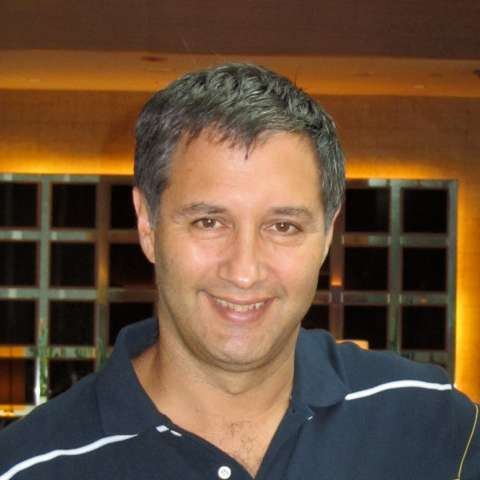We know what to expect from a virtuoso showpiece like Paganini's second Violin Concerto: a mighty contest between man and music, for us to be on the edge of our seats marvelling at how the violinist dazzles us with notes on the edge of possibility and grand gestures, with a mild frisson of "will he really manage it?"
There is another way, demonstrated by the young Japanese-American violinist Shunské Sato at Cadogan Hall last night. Sato didn't so much accomplish the technical difficulties of the piece as demolish them: he was so relaxed and in command that he could make light of the work. He gave us big grins at each of Paganini's array of tricks - glissandi, double stopped quaver runs, left-hand pizzicati, artificial harmonics, "Jeté" bowing where the bow is bounced off the strings to provide a particular staccato effect. But tricksy as Paganini's writing is, Sato was able to add tricks of his own, varying dynamics and phrasing and providing little splashes of colour.
More impressive still than Sato's virtuosity was his rapport with the orchestra: he came across as "one of the orchestra" rather than some snobbish flown in superstar. When there was a gap in the solo part, he frequently turned his back on the audience and joined in with the first violins (after the interval, he actually sat down with the first violins to play the Eroica). His humour clearly infected them, with smiles all round the players to an extent I've rarely seen in a classical orchestra. There's a point in the concerto where the violinist and triangle mimic each other, which gave us some moments of pure joy.
The Academy of Ancient Music produced a very special sound quality, helped in our case by their being very generous with their choice of press seats: we were bang in the middle of the hall half a dozen rows from the front. For the concert's opener, Weber overture to Der Freischutz, the timbre of the strings and brass was gorgeous, with the valveless horns particularly evocative of forest hunting in ancient times. I'm a shade embarrassed that I don't really remember much of the structure of the piece because I was so occupied by wallowing in that amazing sonic quality.
I was disappointed, however, by the first movement of Beethoven's Eroica symphony. Richard Egarr and the AAM launched into it even before the post-interval applause had died down, playing it so fast and loud that I didn't feel the music had space to breathe. It's such a familiar work that I wanted time and space to pick out some of the nuances of Beethoven's intricate thematic development: instead, I felt rather assaulted. But things improved from then on. The funeral march was played with authority, the scherzo with quicksilver lightness and the final variations engaged throughout. In one of the closing variations, Beethoven builds the texture steadily in layers ending with a high trumpet G; the AAM's unique timbre made it a moment of pure ecstasy.
Cadogan Hall is a great place to hear orchestral music. It is unusual in being a relatively small hall with very clear acoustics but with a stage large enough to accomodate a full symphony orchestra in comfort, so you get a strong feeling of intimacy even when the works demand large orchestral forces. The combination of great orchestral texture and a fine young soloist made this a memorable evening.


